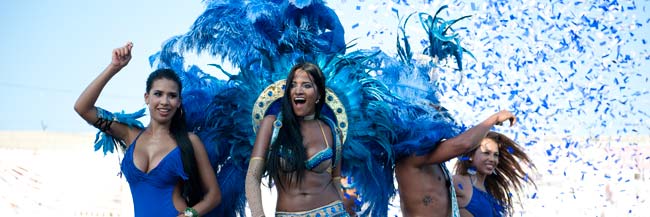I wonder how many pro photographers submitted entries this week taken on compact cameras? Well, I'm coming clean. One of my entries was taken on my Fuji X100 and it ended being awarded a Silver Award in the Travel Section.
I liked the Fuji X100 (recently superseded by Fuji's X100s) right from the moment I first picked it up a year or two back. Since that first meeting I've grown to enjoy this remarkable little camera. But its not for everyone. I think you need to have an individual, old-school philosophy to develop a meaningful relationship with the X100, especially with the fixed, 23mm wide-angle lens.
However, I'm yet to find another compact that can match the sensor quality and high-ISO performance of this retro-styled camera.
The shot was taken earlier this year in Cartagene, Colombia. I wandered into the town square before breakfast one morning and spotted a local lovingly polishing his favourite statue. (For the technical buffs I shot the image on 1.500@f4 using 800ISO.)
Footnote: The Colombia tour was a photographic tour led my Peter Lambert and myself. Our next tour is in Feb 2014 on roads less travelled in Southern India and beyond. If you'd like a copy of the itinerary and prices for Images of India please email India@wildheart.com.au

























